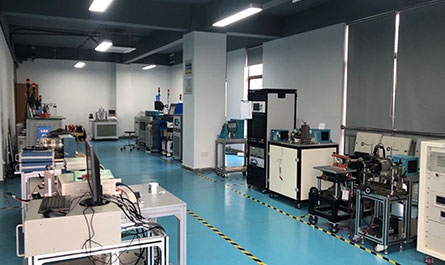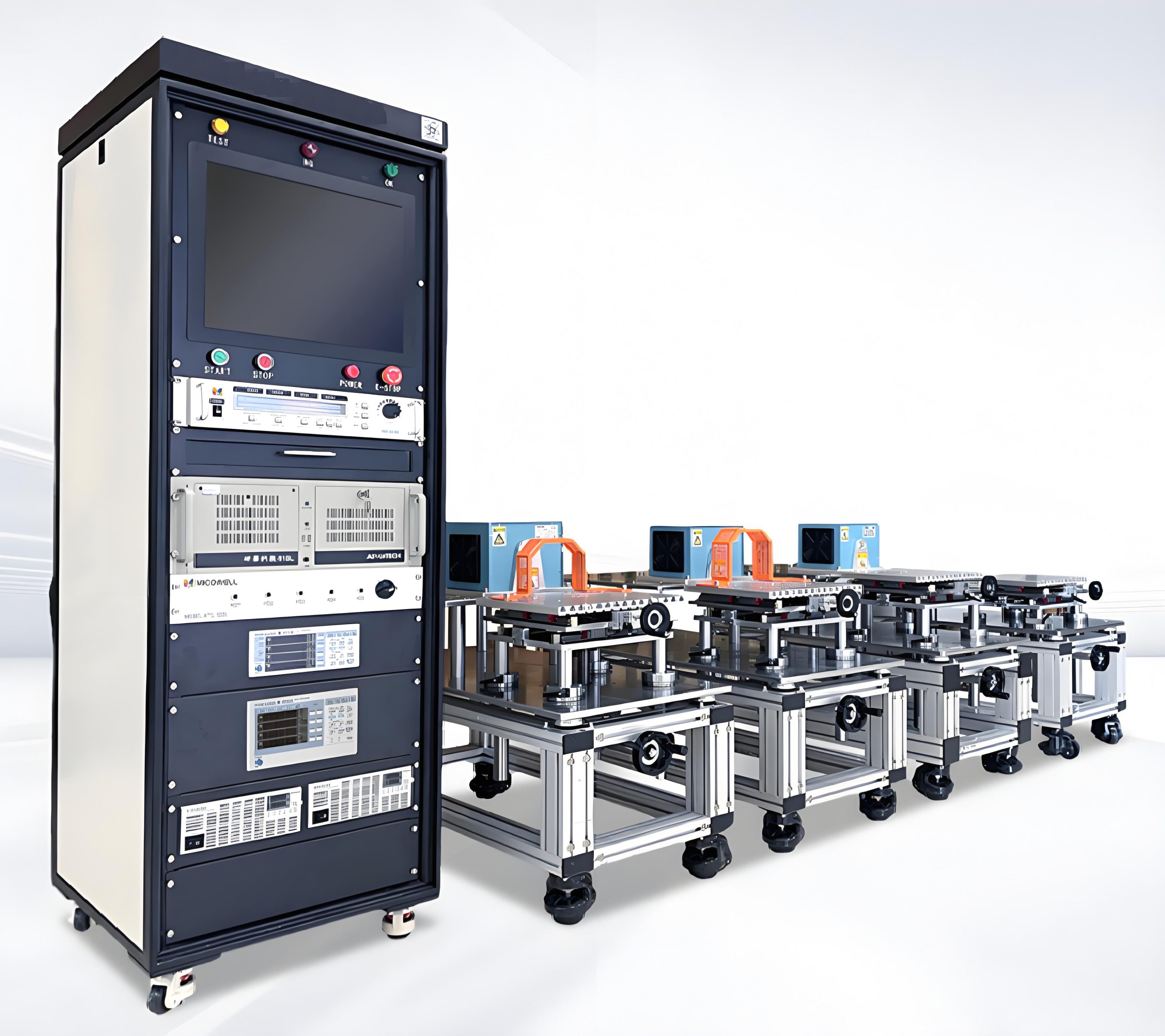🌟 Torque Sensor Technology The Silent Powerhouse Revolutionizing Modern Industries 🌟

In the bustling world of industrial innovation, where machines hum and gears turn with precision, there exists an unsung hero: torque sensor technology. Often overlooked but indispensable, torque sensors are the invisible force driving efficiency, safety, and performance across countless applications. From automotive engineering to robotics, renewable energy systems to medical devices, these compact marvels are shaping the future—one precise measurement at a time.
Let’s dive into the fascinating world of torque sensors, exploring how they work, why they matter, and how they’re transforming industries you never imagined.
===
🔍 **What Exactly Is a Torque Sensor?**
Torque sensors are specialized devices designed to measure rotational force—essentially, the “twist” applied to an object. Think of tightening a bolt with a wrench or the spinning rotor of a wind turbine. Torque sensors capture this rotational energy and convert it into electrical signals, providing real-time data that engineers and systems use to optimize performance.
But why does this matter? Imagine driving a car without knowing how much force your steering wheel needs to navigate a sharp turn. Or a robotic arm assembling delicate electronics without feedback on its grip strength. Torque sensors eliminate guesswork, enabling machines to operate with surgical precision.
===
🚀 **The Science Behind the Magic**
At their core, torque sensors rely on strain gauges, piezoelectric materials, or optical systems to detect minute deformations caused by rotational forces. Here’s a simplified breakdown:
1. **Strain Gauge Sensors**: These use tiny resistive elements bonded to a rotating shaft. As torque is applied, the shaft twists slightly, altering the resistance in the gauges. This change is measured and converted into torque values.
2. **Piezoelectric Sensors**: These generate electrical charges when mechanical stress (like torque) is applied. Ideal for dynamic applications, they excel in capturing rapid changes in force.
3. **Optical Sensors**: Using laser or fiber-optic technology, these sensors detect shifts in light patterns caused by shaft deformation, offering ultra-high precision in clean environments.
Each type has its niche. For example, strain gauge sensors dominate heavy machinery due to their durability, while optical sensors shine in laboratory settings where contamination is a concern.
===
🏎️ **Torque Sensors in Automotive Innovation**
The automotive industry is a prime example of torque sensors in action. Modern vehicles are packed with these devices, ensuring everything from smooth gear shifts to advanced driver-assistance systems (ADAS).
Take electric vehicles (EVs), for instance. Torque sensors in EV motors constantly monitor power delivery, balancing acceleration efficiency with battery conservation. They also play a critical role in regenerative braking systems, capturing kinetic energy during deceleration and converting it back into stored power.
But torque sensors aren’t just for high-tech EVs. Even your everyday car relies on them for functions like electronic stability control (ESC), which uses torque data to prevent skidding by selectively braking wheels during sharp turns.
===
🏭 **Industrial Automation: Where Precision Meets Productivity**
In factories and assembly lines, torque sensors are the backbone of quality control. Consider a robotic arm assembling smartphones: too much torque could crack a screen, while too little might leave components loose. Torque sensors ensure every screw is tightened to perfection, minimizing defects and waste.
They’re also vital in predictive maintenance. By monitoring torque trends in machinery, engineers can detect anomalies—like a worn-out bearing or misaligned gear—before it leads to costly downtime. This proactive approach saves millions annually in industries like aerospace and manufacturing.
===
🌱 **Green Energy: Powering a Sustainable Future**
Renewable energy systems lean heavily on torque sensors to maximize efficiency. Wind turbines, for example, use these sensors to adjust blade pitch angles in real time, optimizing energy capture while preventing mechanical stress during storms.
In solar farms, torque sensors ensure tracking systems rotate panels precisely to follow the sun’s path. Even hydropower plants benefit, with sensors monitoring turbine shafts to maintain ideal rotational speeds under varying water pressures.
===
🏥 **Medical Marvels: Saving Lives with Silent Precision**
Torque sensors have quietly revolutionized healthcare. Surgical robots, like those used in minimally invasive procedures, rely on torque feedback to replicate a surgeon’s delicate movements. This allows for incisions measured in millimeters, reducing patient trauma and recovery times.

Prosthetic limbs also harness torque technology. Advanced prosthetics adjust grip strength based on sensor data, enabling users to handle fragile objects like eggs or glasses without crushing them. It’s a life-changing application that blends engineering with empathy.
===
🔮 **The Future of Torque Sensing: What’s Next?**
As industries evolve, so do torque sensors. Emerging trends include:
1. **Wireless and IoT Integration**: Sensors transmitting data via Bluetooth or LoRaWAN for remote monitoring.
2. **Miniaturization**: Ultra-compact sensors for wearable tech and micro-robotics.
3. **AI-Driven https://www.validynamics.com/ **: Machine learning algorithms predicting equipment failures by analyzing torque patterns.
Imagine a smart factory where torque sensors not only collect data but also “learn” from it, autonomously adjusting machinery settings for peak performance. Or a drone delivery system using torque feedback to navigate turbulent winds effortlessly. The possibilities are endless.
===
💡 **Why Your Business Needs Torque Sensors**
Still on the fence? Here’s the bottom line: torque sensors are no longer a luxury—they’re a necessity for staying competitive. Whether you’re optimizing production lines, enhancing product safety, or reducing energy costs, these devices deliver measurable ROI.
But not all torque sensors are created equal. Partner with suppliers who offer customization, robust calibration, and post-sale support. Look for certifications like ISO 9001 or IECEx for hazardous environments.

===
🎯 **Final Thoughts: Turn the Tide with Torque**
In a world racing toward automation and sustainability, torque sensor technology is the quiet ally you didn’t know you needed. It’s the difference between guessing and knowing, between reactive fixes and proactive solutions.
So, whether you’re building the next generation of EVs, pioneering medical breakthroughs, or simply striving for operational excellence, remember this: torque isn’t just a measurement—it’s a mindset. Embrace it, and you’ll unlock levels of precision and efficiency that redefine what’s possible.
Ready to harness the power of torque? The future is spinning in your favor. 🚀
